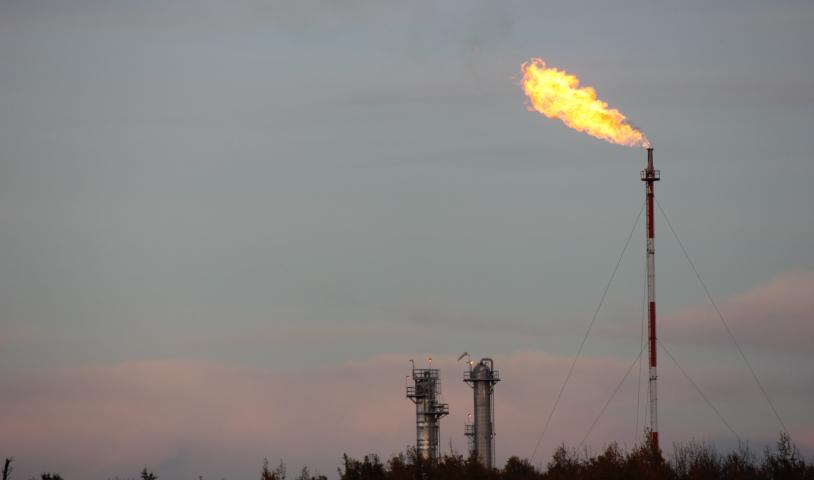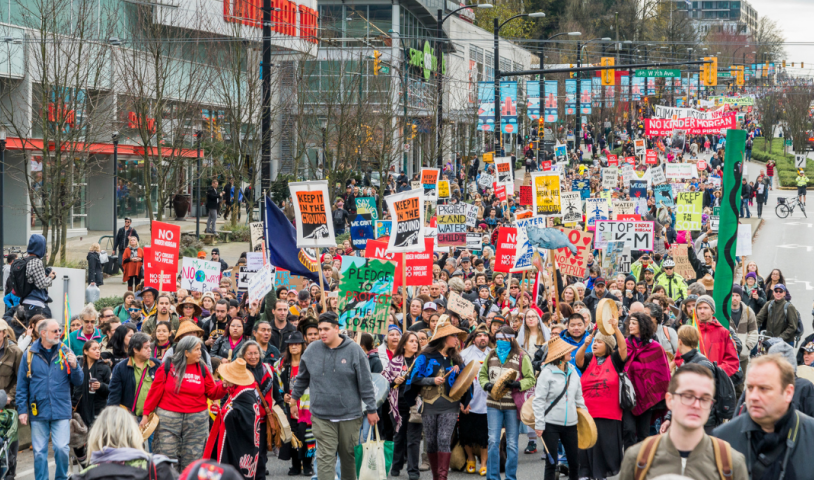Opponents condemn hydro dam decision
Thursday, April 22, 2010The province is moving forward with a controversial third large-scale hydro dam on the Peace River in Northeastern B.C.
The estimated $6.6-billion Site C dam is entering a two-year regulatory review — the third of five stages — that includes an environmental assessment and consultation with local Treaty 8 First Nations.
Some environmentalists, First Nations and area residents, however, hotly contest the dam’s construction, as it would flood more than 5,000 hectares of land, including prime agricultural land along the Peace River.
“The decision that we’re making today to go into Phase 3 says, ‘Yes, we would like to build the Site C dam,’” said Energy Minister Blair Lekstrom, the MLA for Peace River South.
Site C was originally proposed in the 1970s (and re-examined in the late ’80s) as a third hydroelectric dam on the Peace River, located downstream from the W.A.C. Bennett and Peace Canyon dams, about seven kilometres from Fort St. John.
Construction would create more than 7,600 jobs as well as an estimated 35,000 direct and indirect jobs over the 100-year life of the project.
NDP energy critic John Horgan said New Democrats are opposed to the proposed dam, but are in favour of the environmental assessment.
“Let’s stop the shadow boxing, swinging at ghosts,” said Horgan. “Let’s have some hard data on the table so people can make up their minds.”
Environmental groups, including the Sierra Club and the Wilderness Committee, issued statements condemning the announcement. The Council of Treaty 8 Chiefs also issued a press release expressing their frustration and outrage.
“The Site C dam reservoir will cause irrevocable damage to fish and wildlife habitats, local agriculture, and flooding of important cultural and archaeological sites,” said Chief Lynett Tsakoza.
The proposed 900-megawatt dam, which Premier Gordon Campbell called a “heritage power plant,” would be owned by B.C. Hydro and would generate 4,600 gigawatts of electricity annually, enough for 410,000 homes.
It would be a decade before the dam begins operation.





